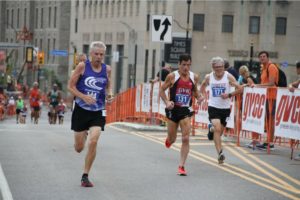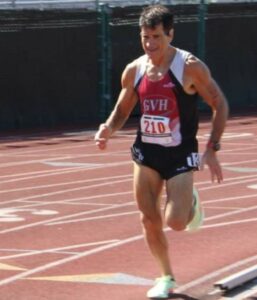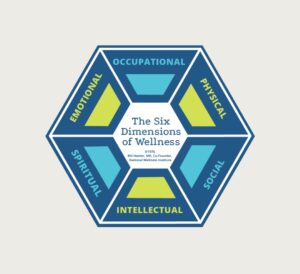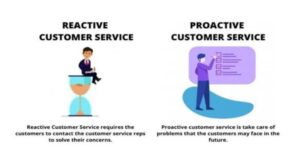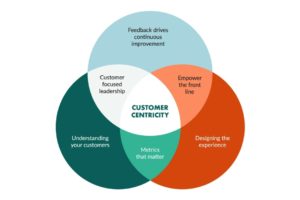
Thank you for visiting one of my greatest achievements. I know, I know ” what have you done for me lately, right?” I’m still running and getting after it. See me out there.
I would describe myself in this experience as diligent, self-disciplined hard working, passionate, and supportive of others in the running community. I have gained plenty of experience and knowledge that has taken me to be a better overall person in life and believe these experiences will have a positive impact on others in my life.
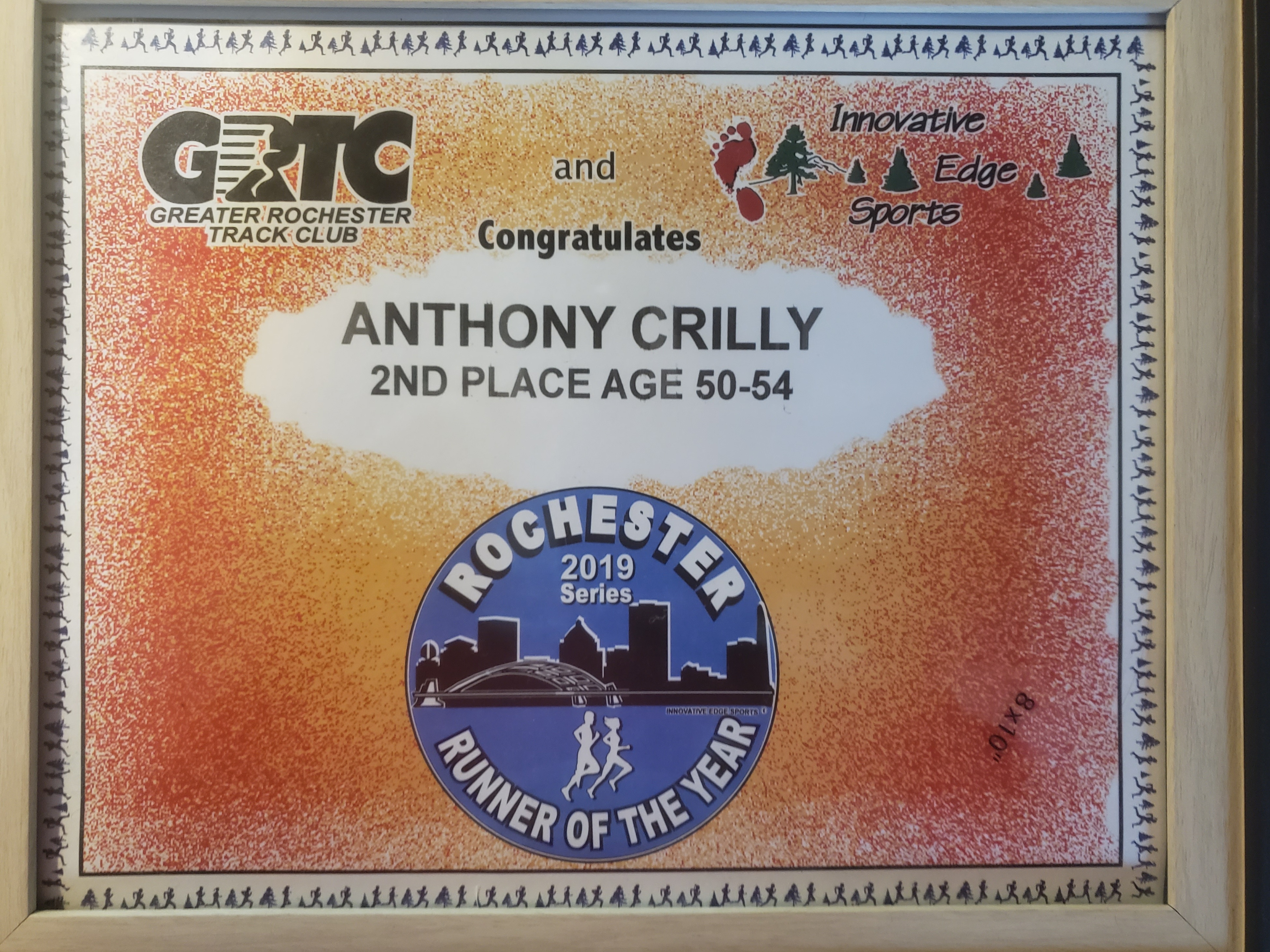
“I ran 5 Half Marathons in One Year—Here’s What I Learned & Earned”
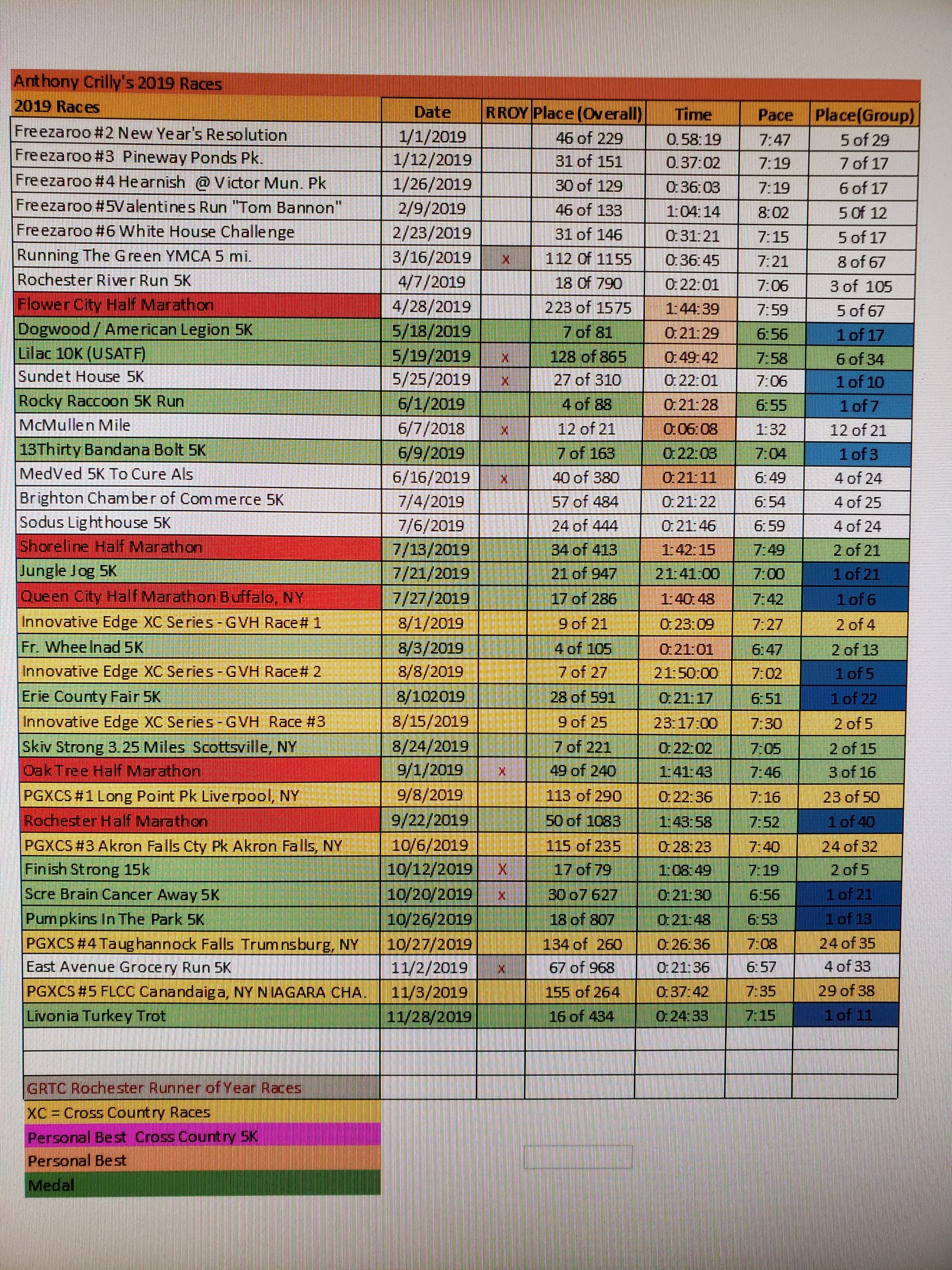
It took me two years to sign up for a half-marathon after deciding I really wanted to do one. What stopped me? Fear (that I couldn’t do it under 2 hours), fit (that I wasn’t in shape enough to reach the goal I wanted), and lack of time (that I wasn’t sure I’d make for it).
I finally pulled the trigger last April at the
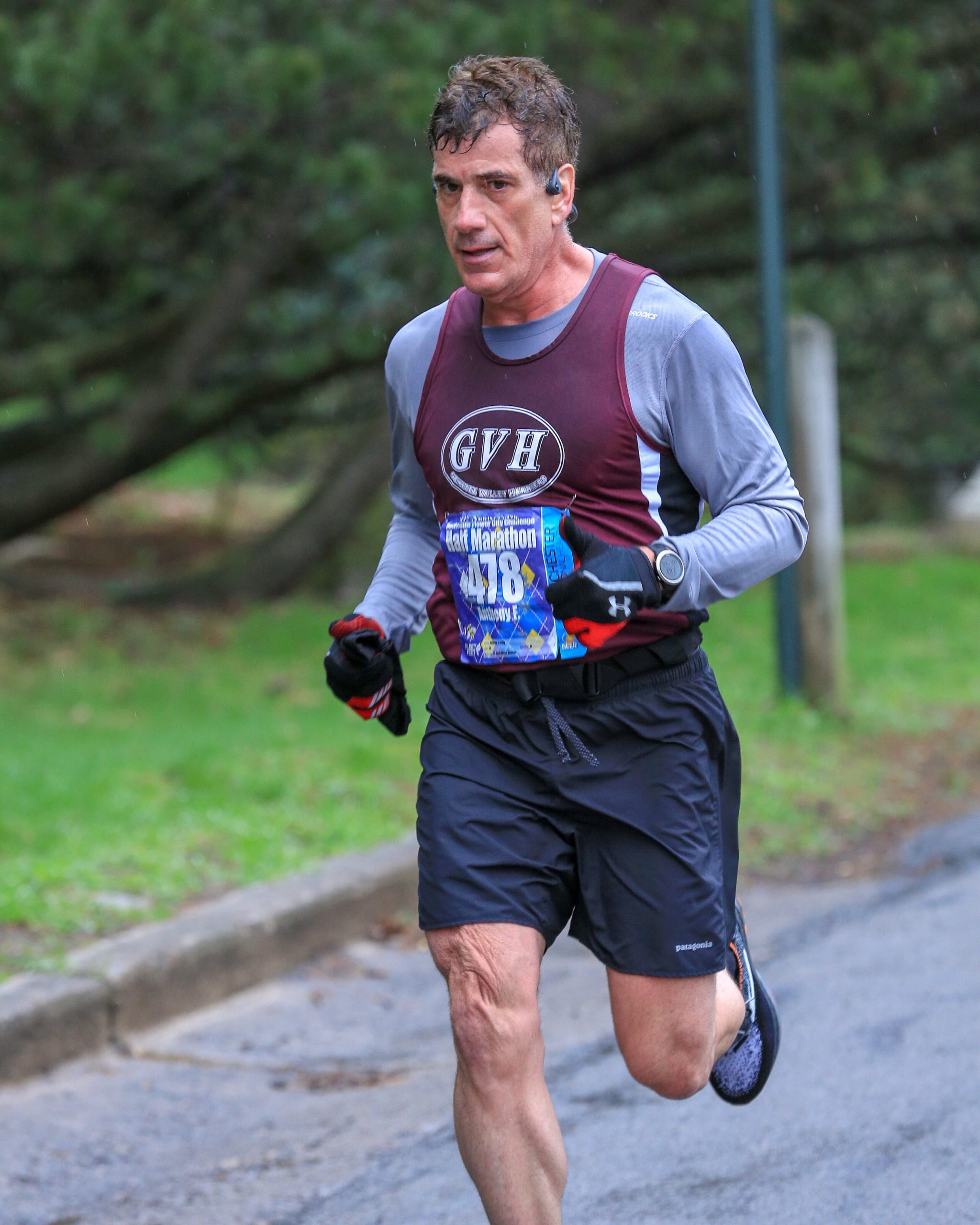
Flower City Half Marathon, and I’ve crossed the finish line with four more half-marathons in 2019 year since then. Of course, I made a few training mistakes along the way—but I eventually figured things out after race three. (Third time’s the charm, right?)
So, my gift to you: the six major lessons I learned the hard way, so you don’t have to.
LESSON ONE: Follow a training plan.
I signed up for the Flower City Half Marathon through the Rochester Regional Health network and upon a recommendation from a fellow member of the Genesee Valley Harriers elite running group that also set me up with a training plan and mentor. While I loved the challenge, the plan included long runs per week with tempo runs added in, I taped it on my office wall as a gentle nudge to stay on track and have tracked every run on my garmin and tracked all my 2019 races on an excel spreadsheet.
And it worked. Here’s why: While two months gave me plenty of time to re-fine my training for this race, the weeks were filled with 5K races, week day speed work and weekend days filled with long 14 mile runs that included previewing the Flower City Half Marathon course all which kept days filled with rest, eating healthy, and cross fit classes at my local Midtown Athletic Club.
I didn’t realize how much that training plan helped until I prepared for my second, third, and fourth half marathons: (Shoreline Half Marathon, Queen City Half Marathon, and Oak Tree Half Marathon) to so much follow it and my training schedule for these races. (I did this once already, I remember thinking. I got this down!) Well, turns out, I started training for both races actually last fall and winter by increasing mileage and racing 15K’s in cold weather temps and was very consistent with my runs, results, and race times where My PB’s dropped almost a couple minutes per each half marathon.
Sticking to a training schedule from a coach and having it there to refer to helps me stay on my day-to-day game, because it’s a constant reminder that I DO have work to do.
LESSON TWO: Pick up where you left off. Keep pushing training if you want to continue to get better.
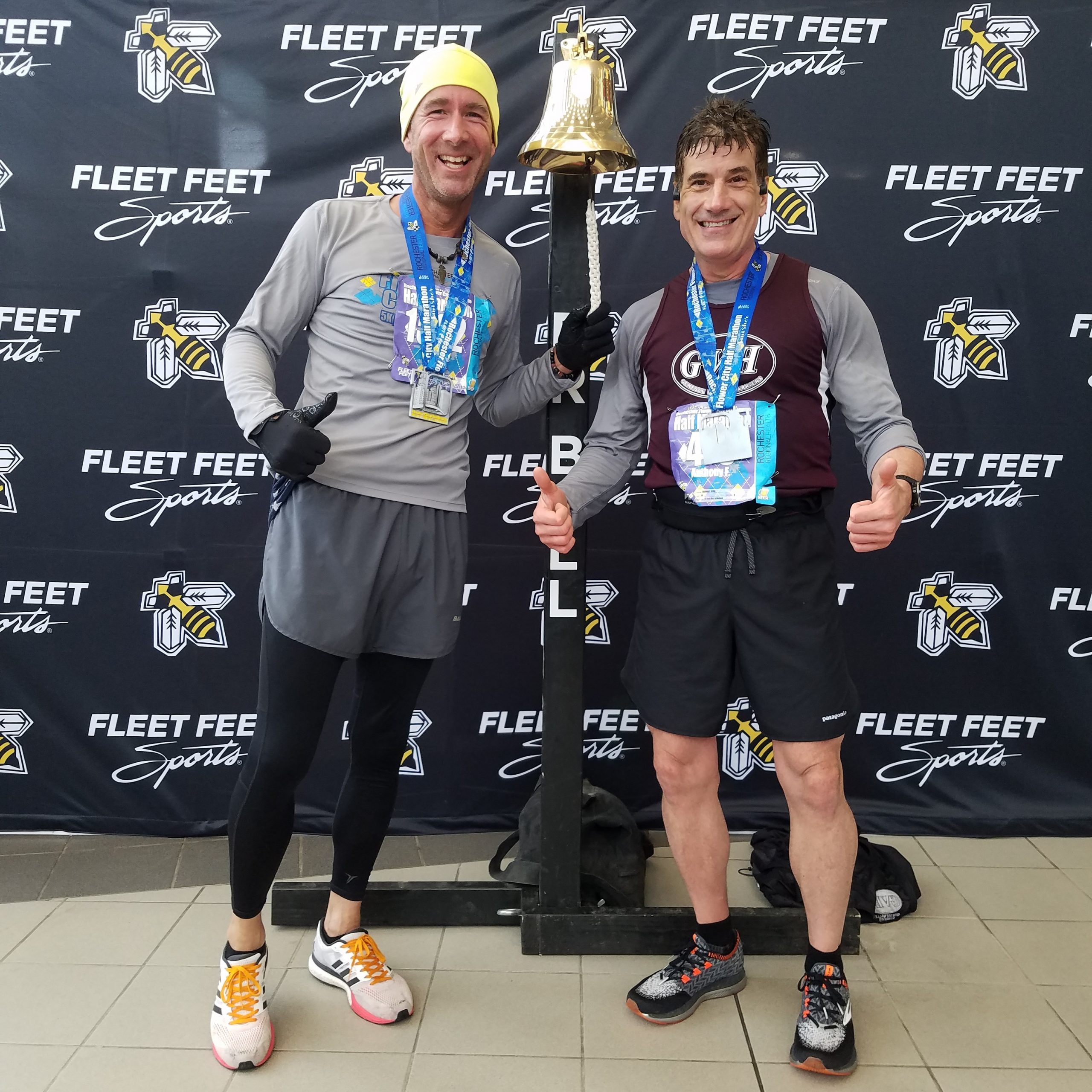
The biggest right I’ve probably ever made: thinking I could go from 13.1 miles in October to 13.1 miles in April while maintaining regular runs in between. To be honest, I did know I was definitely going to run the second Half (the Shoreline Half Marathon) until four weeks out, but I still went into it in better shape than I was the first one.
Instead of slowly adding to my weekly mileage (about 6 miles) and accomplishing two long runs on back-to-back days of 12-15 miles each day I ran close to pace approximate 1:00 to 1:30 off goal half marathon pace 7:45 / mile of 13 miles before the race, I knocked out 15 miles alone on my first long run. Cardio-wise, I was fine, but my legs were so sore that doing my usual four or five miles a couple days after was a struggle.
So what did I do? I increased my speed work at the track / field 2 times per week, started Gannett Hill repets, added in Tempo and Cutback runs while running 5K races every weekend (to reach sub 21 minute 5K goal) and my short runs were warm ups and cool downs. I did not wait a week, and upped my game increasing mileage to 30 – 50 miles a week. Tapering off week before the Half Marathons boded well and week before or more was the last run I did before the race, because not unsurprisingly my legs were constantly sore. I ran the half feeling totally rested and prepared to hit my goal and PR. I did what I needed to do, and kept pushing forward focusing on getting stronger, faster, and leaner.
LESSON THREE: Speed is a slow process.
About two weeks after finishing the Flower City Half Marathon race reaching my goal for my 1st Half Marathon I have ever run at 1:44:37 at a 7:58 / mile pace, I ran a local 5K fundraiser for a friend with Veteran Outreach Center in Dansville, NY (Dogwood 5K) which coincides with the blooming of the beautiful Dogwood Trees and the Dansville Dogwood Festival. I’d signed up weeks before realizing that I was in shape after all the running with the Genesee Valley Harriers was never an issue, and because I didn’t want to leave this annual traditional race, I couldn’t bring myself to miss any opportunity to be better.

Not only that—I couldn’t bring myself to rein in my pace. Three miles?! I said to myself as I approached the start line. I just ran a half—three miles is nothing! That mentality (not to mention being surrounded by a couple of my fellow GVH’ers who are super fit running a sub 6 mi ute mile) led me to finish the race at 21:29 minutes, a personal best at the time.
I would have celebrated, but instead I felt stupid, as the race was a stepping stone to where I needed to be to a level of sub 21 minute 5K and sub 20 minute 5K. I knew in that moment that I’d only cracked my potential and I couldn’t shake the self-determination feeling. Three miles may only be three miles, but a sprint is still a sprint. Take it from me: You have to work up to it.
LESSON FOUR: Never skip your long run.
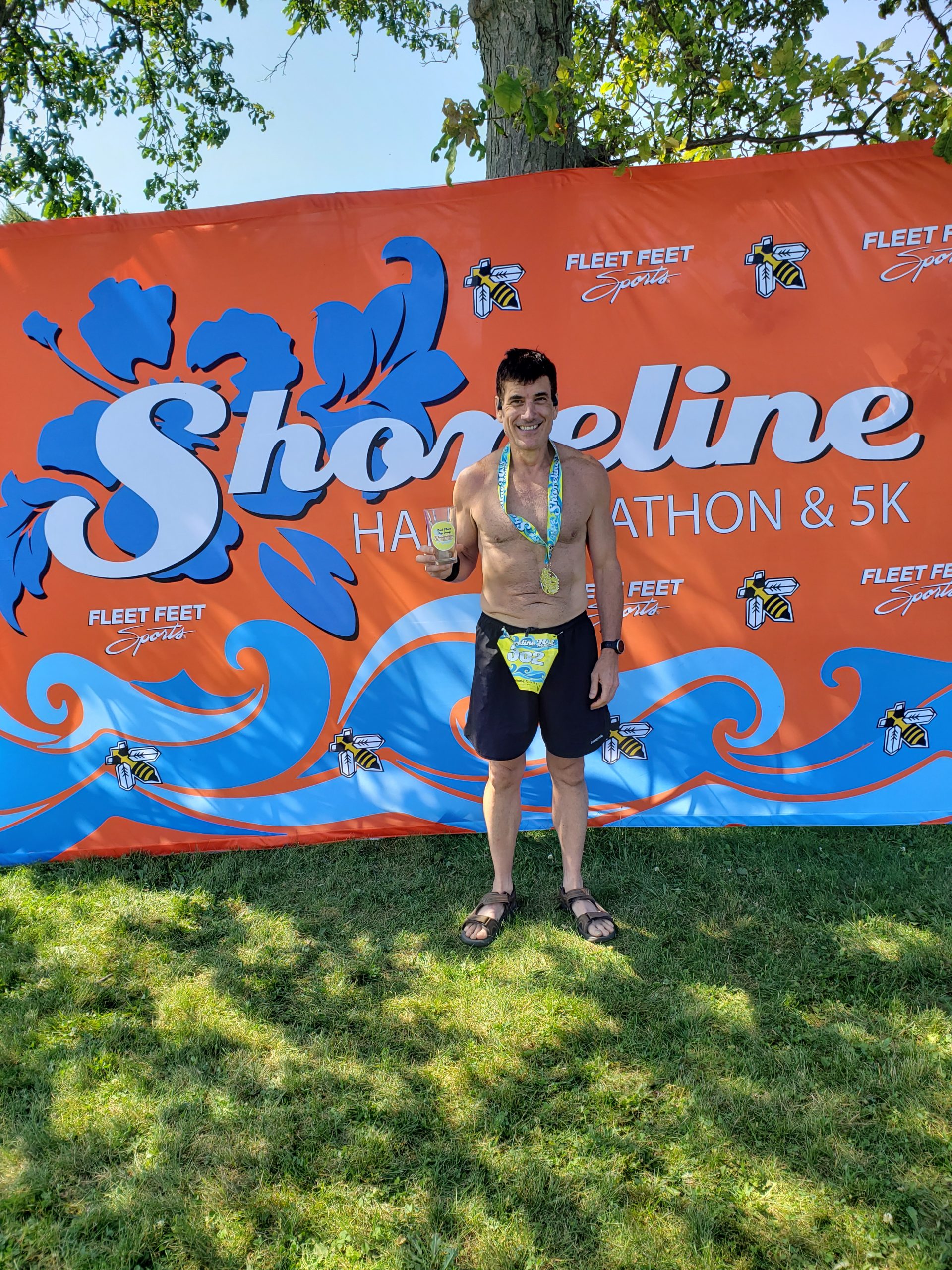
After pushing my.mileage, speed work at the track, back-to-back day long runs, hill repeats, cross-training at Midtown Athletic Club, my running times got better and I started winning my age group on a regular basis. I got an incredible offer from a coach and friends to run the Oak Tree Half Marathon and then the Rochester Half Marathon. Obviously, I couldn’t say no. It was Geneseo, NY and Rochester, NY I was in.
The half was scheduled for September 1 and September 22, which training was over the summer months and which were both in line for my training regiment.. For anyone who has ever tried to train for a race over the summer, you’ll understand this: It sucks. With so many fun weekends away, taking three hours of your Saturday to run, shower, and recoup is hardly a desirable option. Not to mention, this past summer was the usual hot and humid in Rochester, New Yorkz which made longer runs feel dreadful, even impossible, from the start.
But that’s the problem. You see, nothing can or will prepare you physically and mentally for a half-marathon more than your weekly long runs. They are the single most important run for establishing the cardiovascular, muscular, and psychological endurance you need to finish 13.1 miles, yet they are the most people tempt to skip.
Sure, skipping a few long runs isn’t the end of the world, but doing them makes you head into your race feeling more confident, able-bodied, and prepared. Those are three things you do NOT want to miss out on.
LESSON FIVE: Can you run all the races, collect all the bling, and still chase a new PR without your body blowing up on you?
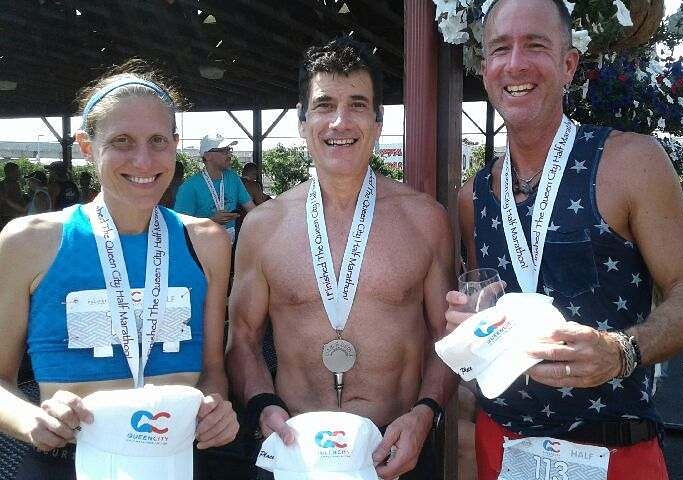
Yes. But it requires some serious discipline.
Remember those 5 half-marathon in 5 months?
Well, a grey area starts to emerge.
Here’s the deal, I am trying to race hard at longer distances often and have been told I’m gonna have some issues.
Either I’m not going to be able to devote enough time to my training and I’ll struggle to make any progress, or I’ll cut corners with my recovery and likely end up injured at some point.
Neither of these scenarios is ideal.
However, I am and can be very disciplined enough to enter races but not race them, I might be able to have my proverbial cake and eat it too. This is difficult do to my internal drive.
One of my fellow wise runners, before we started running together, asked how I felt about running A LOT of races over the 6-8 months.
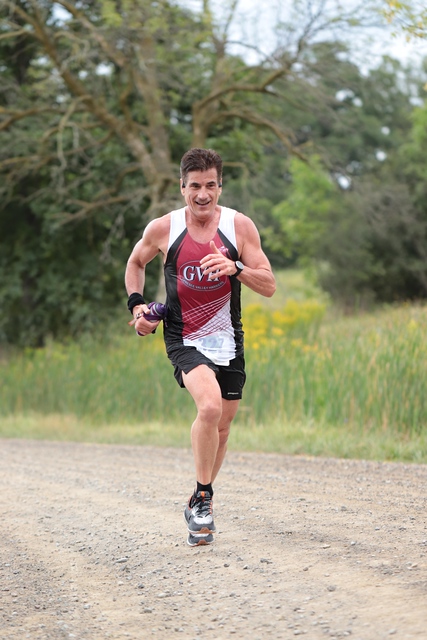
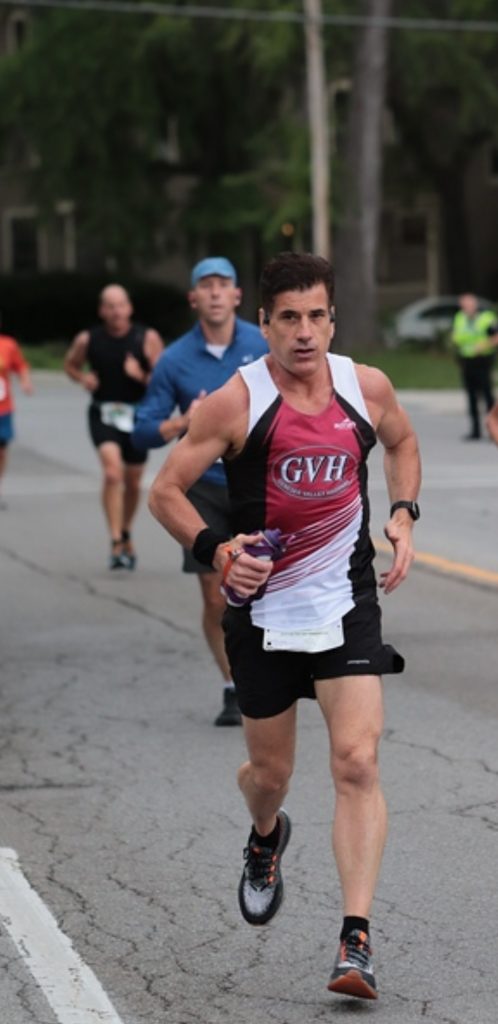
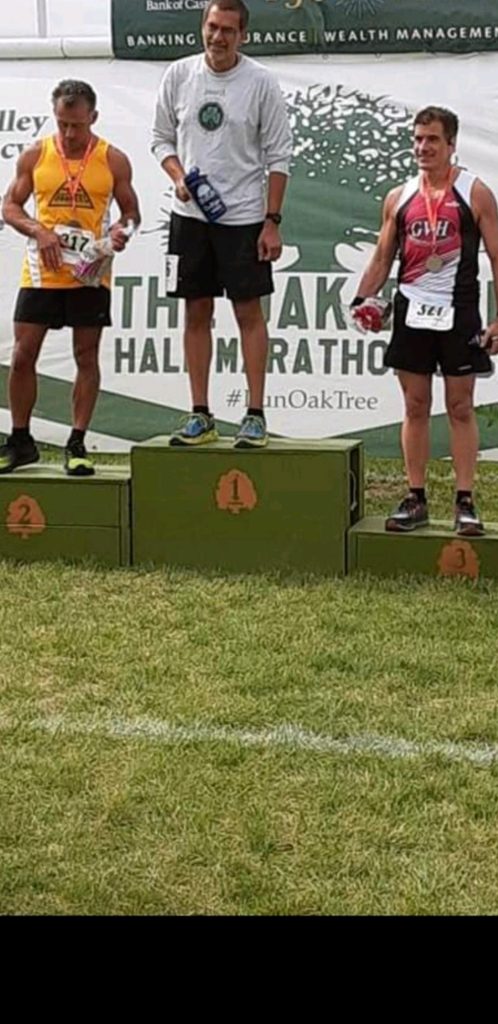
We talked a bit more and decided that of the dozen or more races she was scheduled for when we started (pretty sure I’ve added another couple to the calendar since then!), she really had two races that she wanted to race hard.
The other races? They have essentially become training runs for her.
And that’s the only way to have both quality and quantity in your running schedule.
You have to pick the one or two races that you really want to focus on and train for those races specifically. Everything else on the schedule is just a training run with crowd support, aid stations, and a medal at the end.
Turns out, it was pretty hardcore (a fancy word for pushing my limits), and though I had been working with my coaches and friends to keep my beast under control, I didn’t really treat it the right way. I didn’t actually believe this would be a problem until, you guessed it, after my fifth half marathon on September 22nd (the day after the race) I was exhausted.
I felt great during the Rochester Half-Marathon—up until the last two miles. I was running at an unexpectedly quick pace (under 7:45—fast for me!) the entire time, which meant I was on track to set a personal record. My body felt OK—not fantastic, but a subtle, lingering exhaustion rather than a hitting a wall—but I noticed a creeping mental fatigue around mile 10.

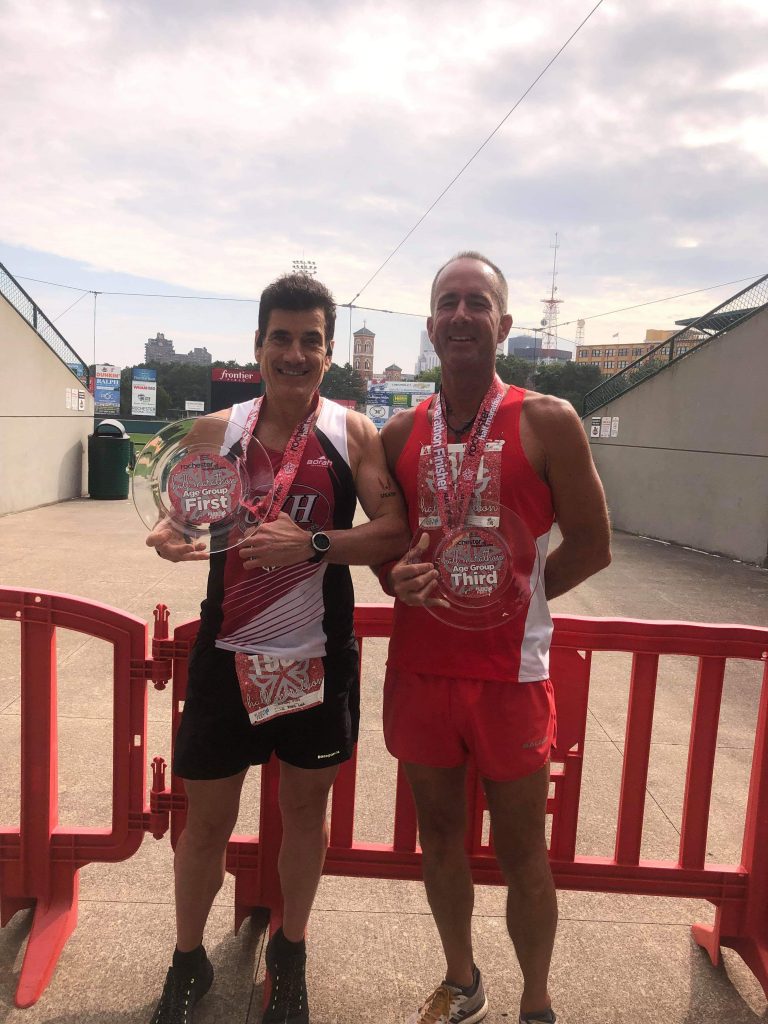
By mile 11, it felt like the bones of my femur and tibia were banging against each other so hard that my leg was surely going to break in half. I refused to slow down to a walk (I only had two miles left, and I knew once I slowed, I wouldn’t run again), but it took everything in me to run through the last two miles. It was the worst pain I’d ever experienced as a runner. When I crossed the finish line and saw my time and Age Group 1st place,, I broke down in tears.
I lost my PR, of course, and I was angry! My KNEE?! I’d never had serious knee issues while running before, so what caused it? Take a guess: my ankle.
LESSON SIX: Don’t slack on strength training.
I finally visited a endurance performance sports doc who helped me mentally, psychologically, emotionally, and physically help me recover.. I was not sure which is the chicken or the egg, but regardless, if I’d kept running in that condition, I’d probably do much more long-term damage.
My Rx? Take a few days off and do some slow runs to help prevent any loss which caused some fatigue but all-in-all with rest and healthy food and water, I was good to go.
While I’m far from done (I’m into 2024 and hoping to take 2024 to a whole new level), I’m about to sign up for my next half—and I’m quite positive it’s going to be my best one ever.
Please visit RROY | Rochester Runner of the Year to see the winner results by age group
https://rochesterrunneroftheyear.org/


